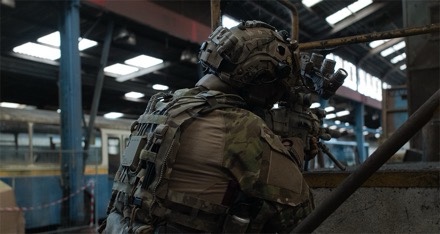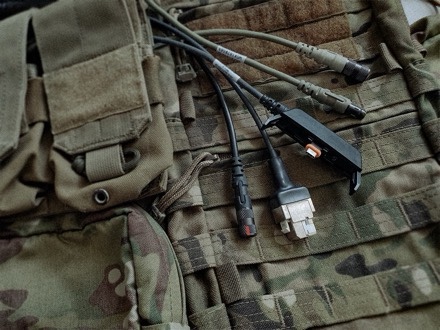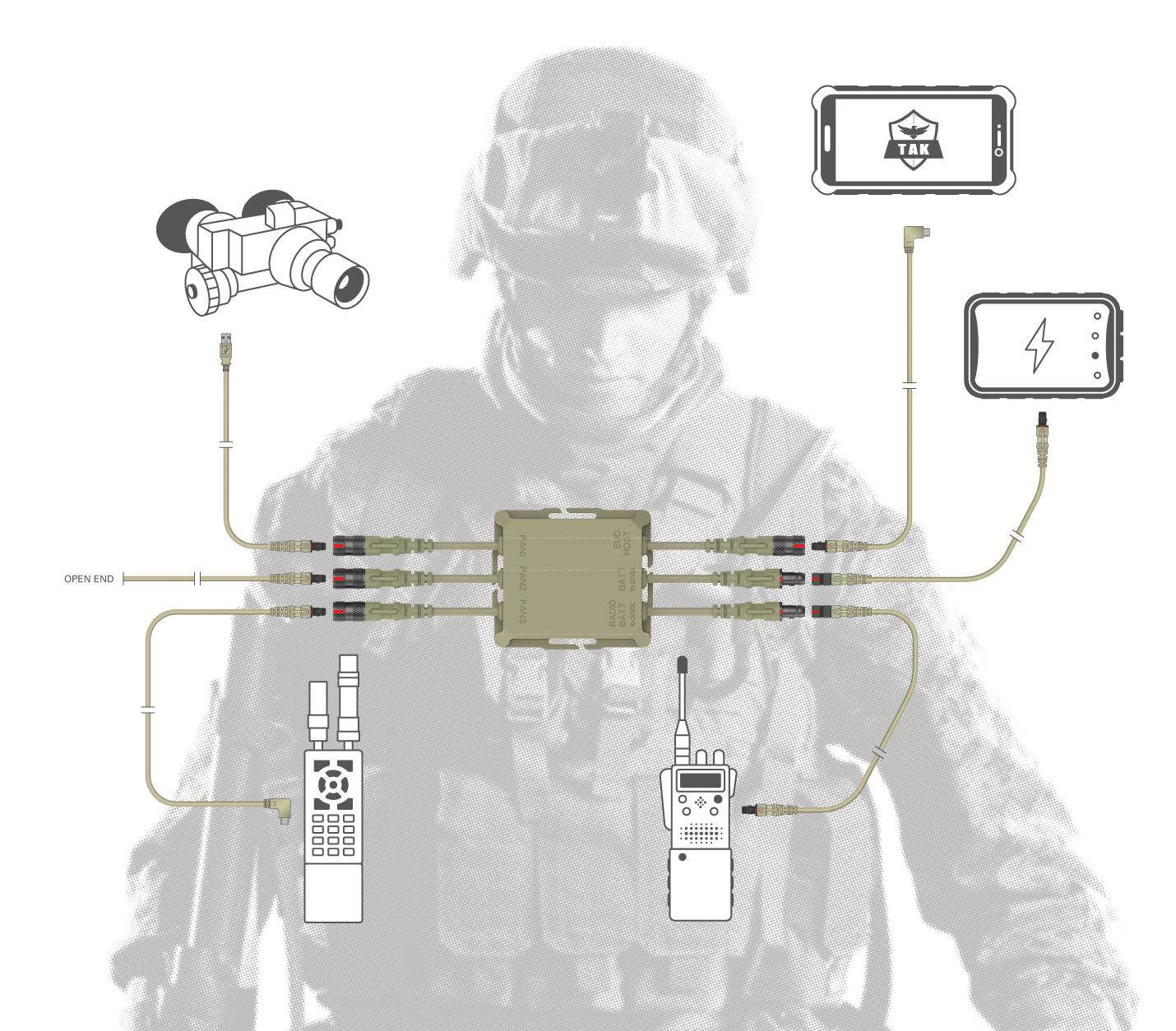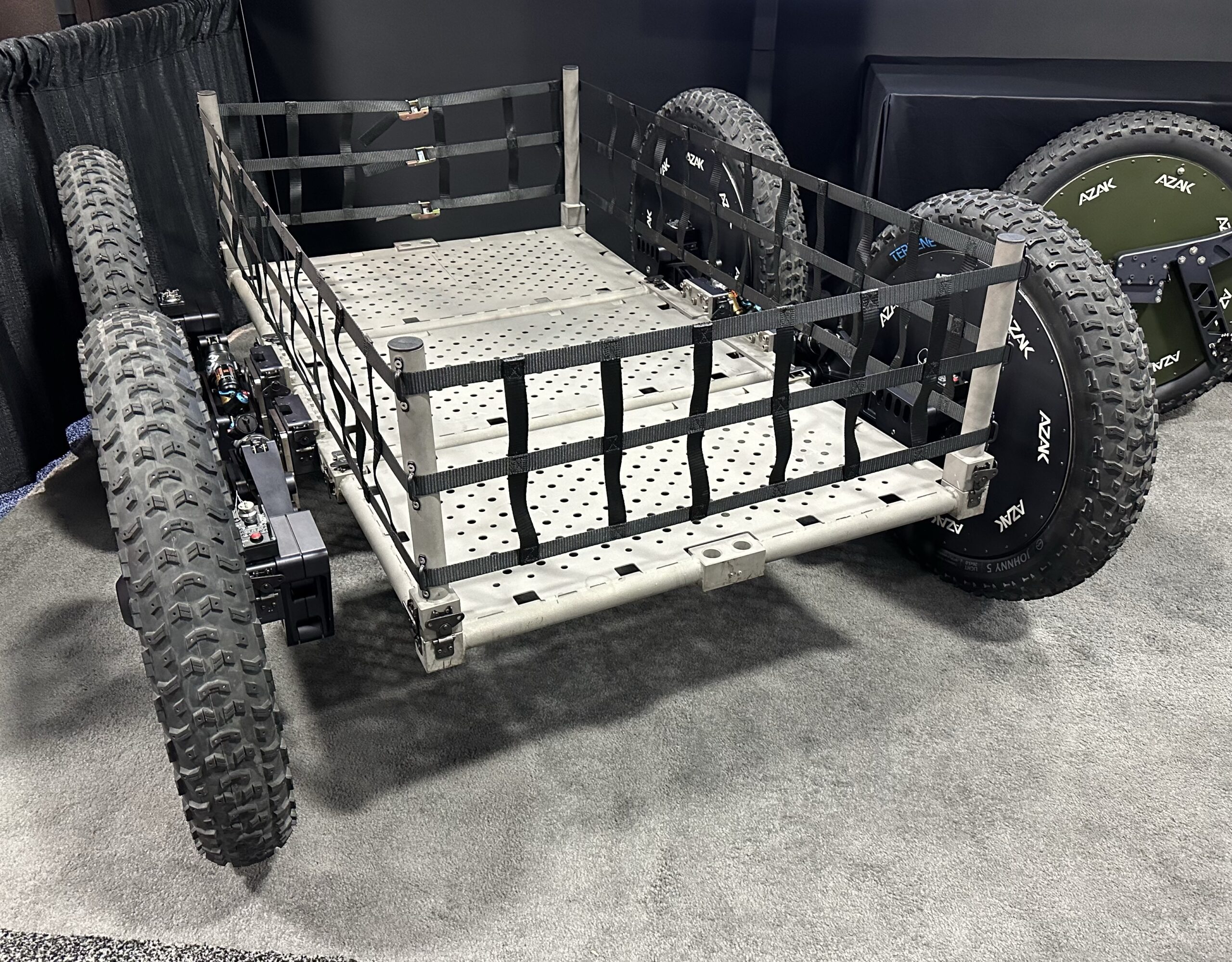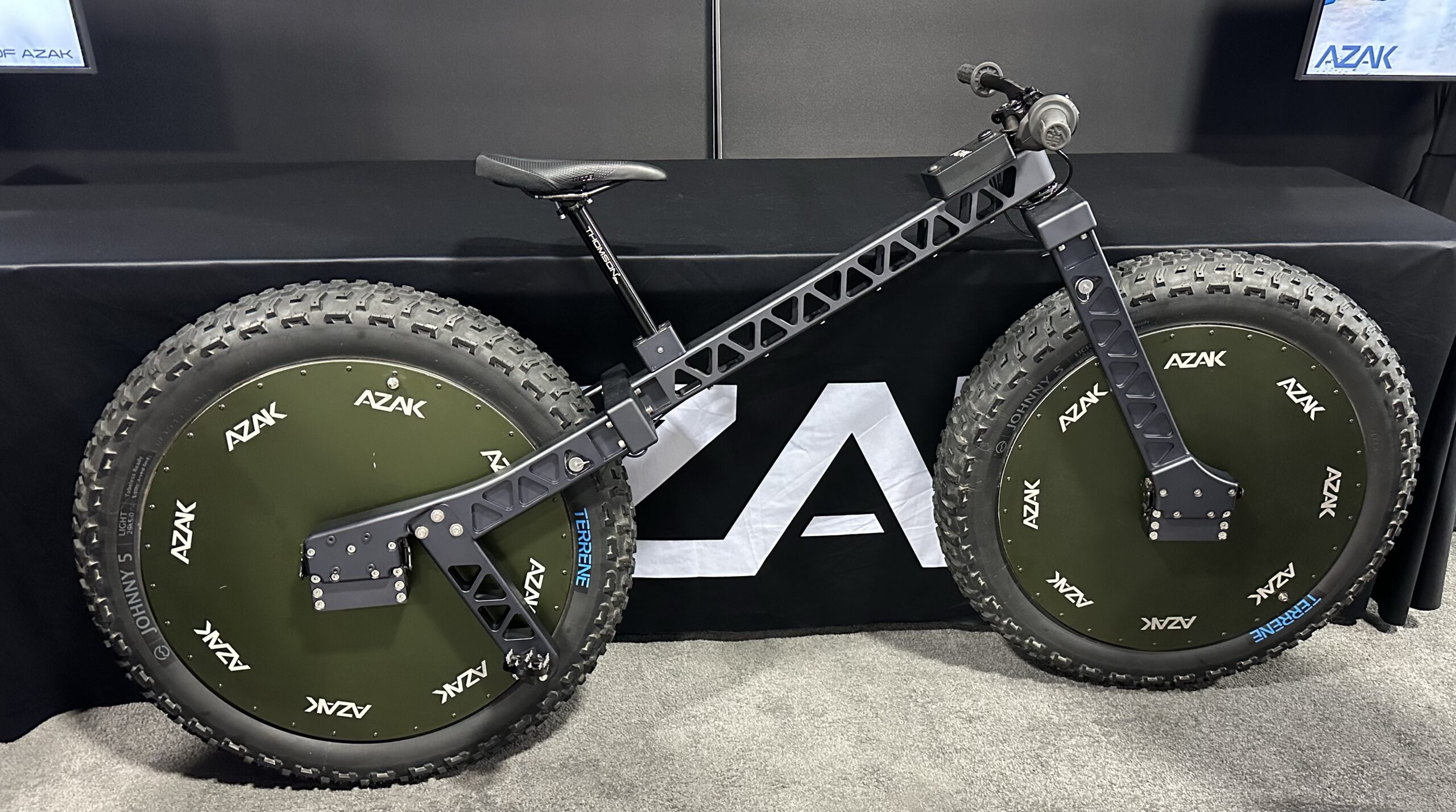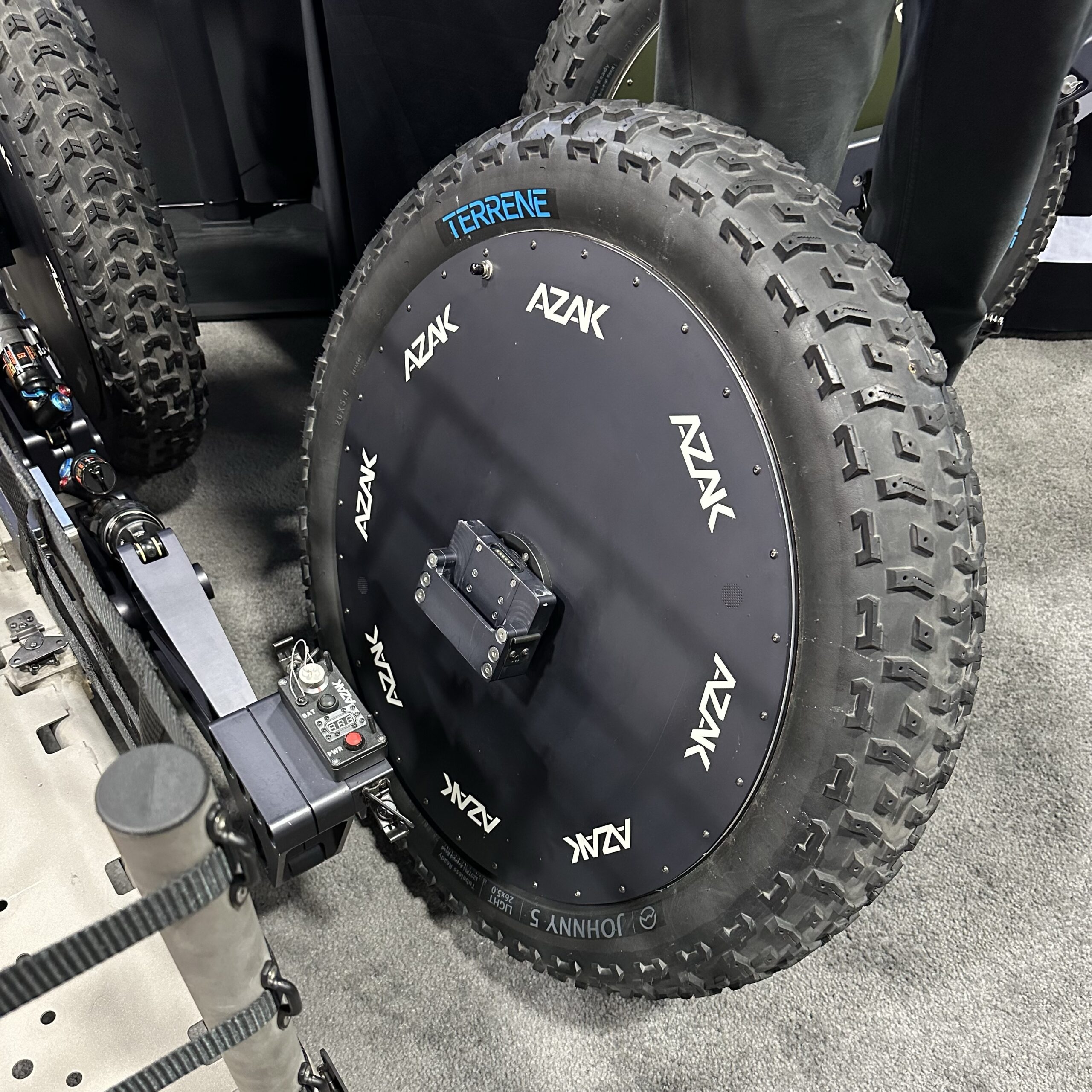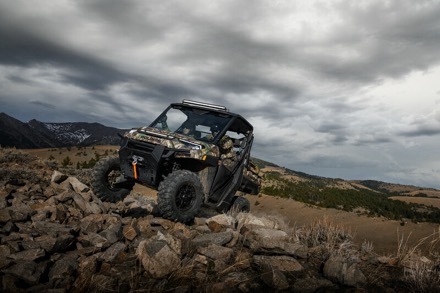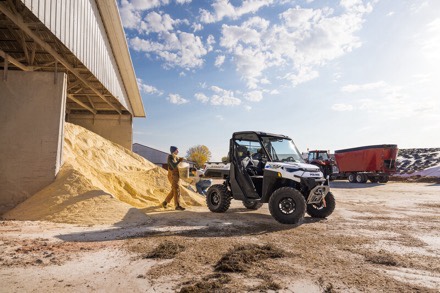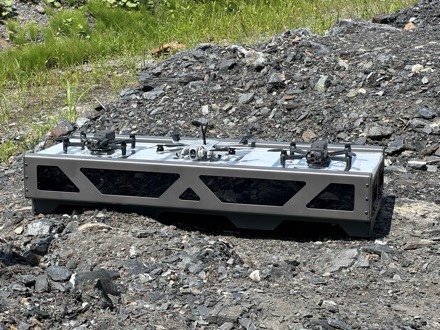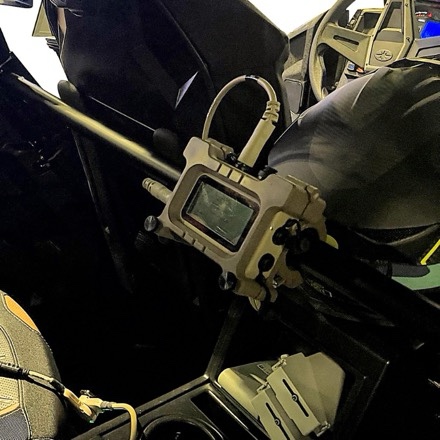Galvion, a world leader in the design and manufacture of intelligent power and data management systems and tactical head solutions, has announced the establishment of a strategic investment partnership with Quaze Technologies. Quaze Technologies, a Canada-based innovative technology company provides wireless power solutions that enhance the performance and functionality of unmanned systems. This newly announced strategic partnership combines the relative strengths of the technological innovation of both companies in providing future integration of wireless and autonomous charging capabilities to the dismounted warfighter.

Philippe Boulanger, CTO of Quaze, Jonathan Blanshay, Founder and Executive Chairman of Galvion, and Xavier Bidaut, CEO of Quaze, in Galvion’s Montreal office.
A commitment to providing leading-edge power and data solutions and protective equipment that enhance the overall agility and survivability of the warfighter was central to Galvion’s decision to invest in Quaze. The development and rapid-fielding of advanced concepts and integrated systems is critical to meeting the challenges of tomorrow’s battlefield, and drives Galvion’s forward-thinking growth strategy.
The Quaze wireless charging technology has applicability across a wide spectrum of land, air and sea domains, with intelligent solutions that can provide opportunities for the warfighter to quickly and easily charge systems before, during and after missions.
As well as receiving investment, Quaze Technologies has appointed Galvion’s Founder and Executive Chairman, Jonathan Blanshay, to their board of directors. Said Blanshay: “We have spent the past 22 years driving innovations in soldier systems in order to provide integrated solutions that can adapt to the ever-changing operational needs of the modern warfighter. We understand the challenges faced, and the speed with which things are changing, and we have identified some really interesting opportunities in the groundbreaking wireless charging technologies being developed by Quaze.”
Blanshay added: “Lessening the burden on the individual operator and unit, whether physical, cognitive, or logistic, drives everything that we do at Galvion, and we are excited to be collaborating with Quaze’s innovative team to deliver industry advancements that will give battlefield edge to our military and tactical teams.”
Xavier Bidaut, CEO at Quaze Technologies said: “This strategic partnership is an exciting milestone for Quaze. We are focused on providing innovative wireless power solutions that liberate unmanned systems from traditional power constraints, enabling seamless operations across diverse sectors.
Galvion is a market-leading soldier systems company with an outstanding track record of delivering innovative technologies into defence and security sectors, worldwide. There is unlimited potential for synergy and development here, and Jonathan’s considerable industry expertise is a welcome addition to our board, and a clear demonstration of his commitment to supporting and promoting pioneering technologies that serve the industry.”


